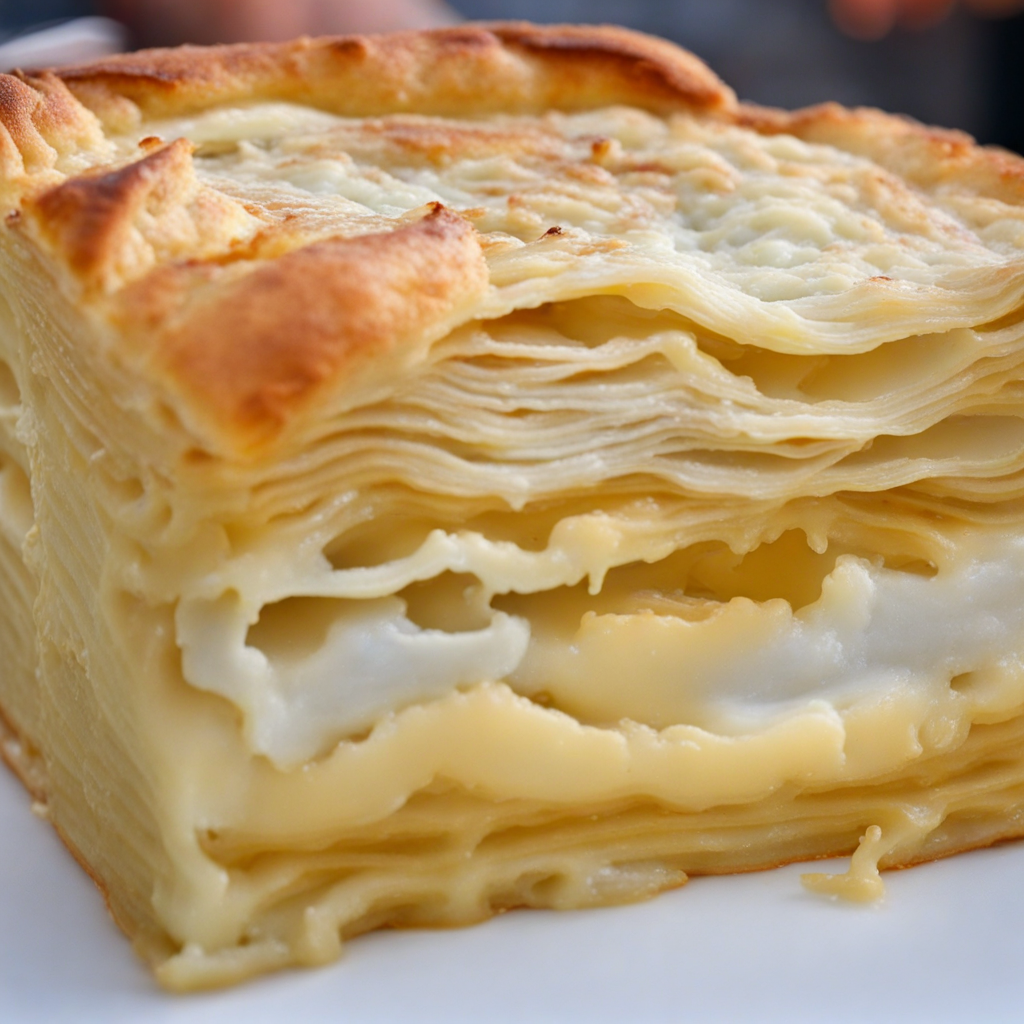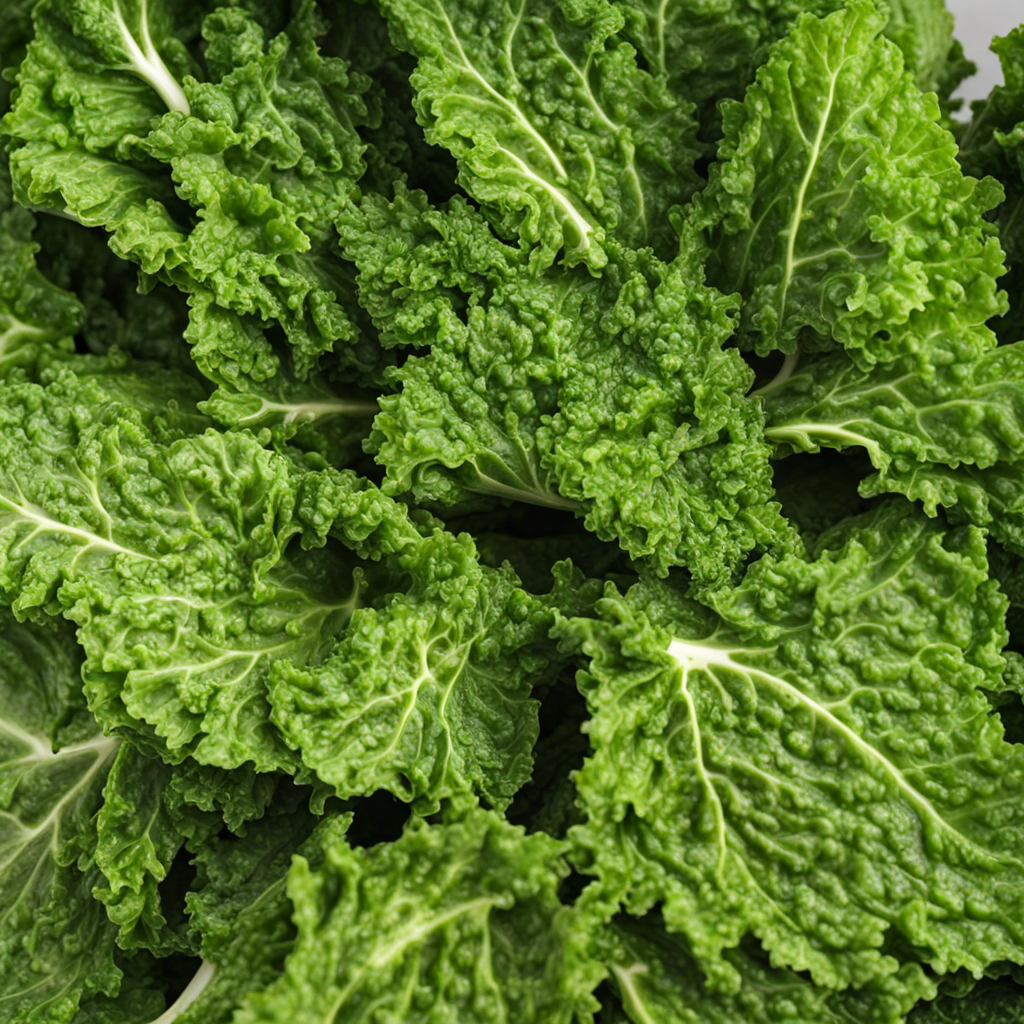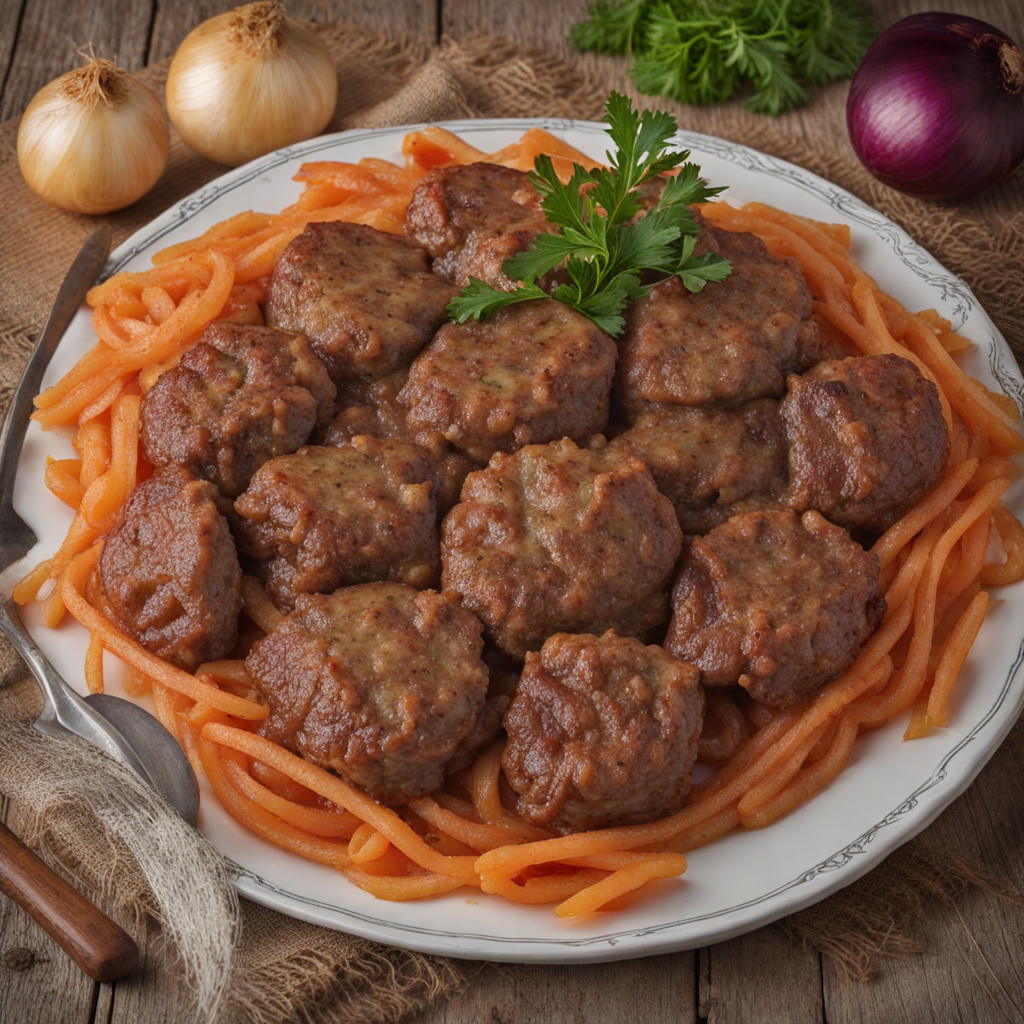Gibanica
Gibanica is a traditional Montenegrin dish that beautifully showcases the region's rich culinary heritage. At its core, this savory pastry is made from layers of thin, flaky dough, similar to phyllo, which is lovingly enveloped around a creamy filling. The filling typically consists of a delightful mix of cheese, eggs, and sometimes spinach or other greens, creating a harmonious blend of flavors that is both comforting and satisfying. The dough is skillfully stretched and layered, resulting in a flaky crust that crisps up beautifully when baked, while the inner filling remains rich and creamy. One of the most appealing aspects of Gibanica is its versatility. While the classic version features a combination of white cheese—often sheep or cow cheese—eggs, and sometimes herbs, variations can include the addition of vegetables or even meat. This adaptability makes Gibanica a beloved dish for both locals and visitors, as it can be enjoyed as a hearty main course, a delectable side dish, or even a savory snack. The golden-brown crust and the aromatic filling create an enticing visual and olfactory experience, inviting you to indulge in its delights. When served warm, Gibanica is best enjoyed fresh from the oven, allowing the flavors to meld beautifully. It can be accompanied by a dollop of yogurt or a fresh salad, enhancing the experience and balancing the richness of the pastry. Each bite is a journey through the flavors of Montenegro, with the flaky texture giving way to the creamy filling, making Gibanica a must-try dish for anyone looking to explore the diverse tastes of Montenegrin cuisine.
How It Became This Dish
Гибаница: A Culinary Journey Through Montenegro Origins and Ingredients Гибаница, a traditional dish from Montenegro, is a savory pastry that is both hearty and comforting. Its roots can be traced back to the rural communities of the Balkans, where the art of making pastries has been refined over centuries. The name "Гибаница" comes from the word "gibati," which means to twist or spin, an apt descriptor for the method of preparation that involves layering and twisting the dough. At its core, Гибаница is made from a simple combination of flour, water, and salt, which forms the base dough. However, its true allure lies in the filling, which typically consists of cheese, eggs, and sometimes spinach or other greens. The use of local ingredients such as sheep's milk cheese, which is prevalent in Montenegrin cuisine, is significant. This not only gives Гибаница its distinctive flavor but also reflects the agricultural practices of the region, where sheep farming has been a vital part of the economy. Cultural Significance Гибаница is much more than just a dish; it embodies the spirit of Montenegrin hospitality and communal living. Traditionally, it is prepared for special occasions, such as family gatherings, weddings, and religious celebrations, symbolizing togetherness and abundance. The act of making Гибаница is often a communal affair, with family members coming together to stretch the dough and prepare the filling, reinforcing bonds and nurturing a sense of belonging. In Montenegrin culture, food is an integral part of social identity, and Гибаница plays a pivotal role in this narrative. It is commonly served during festive occasions and is often accompanied by stories and laughter, highlighting the importance of food in fostering connections among people. Moreover, Гибаница reflects the agricultural cycles of the region, as it is typically made during the spring when fresh greens and herbs are abundant. Historical Development The history of Гибаница is intertwined with the broader historical and cultural context of Montenegro. The region has been influenced by various civilizations, including the Romans, Ottomans, and Austro-Hungarians, each leaving their mark on the culinary landscape. The Ottoman influence is particularly notable in the use of layered dough and savory fillings, which are reminiscent of other Balkan pastries like burek and pita. Throughout the centuries, the recipe for Гибаница has evolved, with families adding their own twists and variations. In rural areas, cooks would adapt the filling based on seasonal ingredients and personal preferences, leading to a variety of regional interpretations. In some families, for instance, the inclusion of wild herbs or mushrooms reflects a connection to the land and the natural bounty it provides. In the 20th century, as Montenegro underwent significant social and political changes, the traditional ways of preparing Гибаница began to shift. Urbanization brought new culinary influences, and while many families still honor age-old recipes, the dish has also adapted to contemporary tastes. Today, you can find Гибаница served in both traditional environments and modern restaurants, where chefs experiment with flavors and presentation, showcasing its versatility. Modern Adaptations and Global Reach In recent years, there has been a resurgence of interest in traditional Montenegrin cuisine, fueled by a growing movement towards local and sustainable food practices. This revival has brought Гибаница back into the culinary spotlight, with chefs and home cooks alike experimenting with new fillings and techniques. Some modern variations include incorporating different types of cheese, such as ricotta or feta, and adding spices like paprika or black pepper to enhance the flavor profile. The globalization of food culture has also played a role in the dissemination of Гибаница beyond Montenegrin borders. As Montenegrin communities have settled around the world, they have brought their cherished recipes with them, introducing Гибаница to new audiences. Food festivals and cultural events celebrating Montenegrin heritage often feature Гибаница, allowing people from diverse backgrounds to experience this unique dish. Gibanica Today Today, Гибаница continues to be a beloved staple in Montenegrin households. Its presence on tables during festive occasions is a testament to its enduring cultural significance. The dish is not only a culinary delight but also a symbol of resilience and continuity in Montenegrin culture. As younger generations learn the craft of making Гибаница from their elders, the tradition is preserved, ensuring that this delicious pastry will remain a part of Montenegrin identity for years to come. In Montenegro, enjoying Гибаница is often accompanied by a glass of local wine or rakija, the national brandy, further enhancing the experience. It is a dish that invites sharing and conversation, making it an essential part of any gathering. Conclusion Гибаница is a culinary gem that encapsulates the rich history and cultural heritage of Montenegro. From its humble origins in rural kitchens to its contemporary interpretations in urban settings, Гибаница remains a beloved dish that unites people through food. Its ability to adapt while retaining its traditional roots speaks to the resilience of Montenegrin culture and the importance of food in fostering community and identity. As we savor a slice of Гибаница, we not only indulge in its delightful flavors but also partake in a centuries-old tradition that connects us to the land, its people, and their stories. Whether shared among family during a special occasion or enjoyed in a bustling restaurant, Гибаница serves as a delicious reminder of the power of food to bring people together, celebrate heritage, and create lasting memories.
You may like
Discover local flavors from Montenegro







